Going abroad for the first time can be both exhilarating and scary, the excitement of the unknown mixed with the fear of… the unknown. The first time I traveled abroad, on a university-sponsored trip to Greece and Turkey, I was safely ensconced in a bubble of friends with a tour guide who spoke my language and arranged everything for us, including most of our meals. It wasn’t until the middle of the trip, when we were on our own for lunch for the first time, that I panicked at being in a foreign country. How would I eat? And yet, with a combination of pointing and hand gestures, I managed to buy a tasty sandwich just fine.
Even if you’re not at all nervous to travel to another country for the first time, there are still probably lots of little questions in your head as well as a few you haven’t yet thought to ask about. With that in mind, here is some practical information I wish I had known before that first school trip overseas. These tips are primarily aimed at travelers from the United States but most will apply to travelers from any country.
1. It could take a month or more to get your passport, so don’t put it off until the last minute.
I have a bad habit of procrastinating and never let a good deadline go to waste. Thus, I procrastinated getting my first passport so long that, when there was an issue with my application, I had to rush around New York City in a panic trying to get it all sorted out three days before my flight and I almost didn’t get it in time. Use that as a cautionary tale and start your passport application at least two months before your trip. (US Passport information and application)
2. When booking connecting flights, allow at least an hour for each layover, longer when you return to the US and for very large airports.
Often flights with short layovers are the least-expensive but you won’t regret paying more to ensure you (and your checked bags) don’t miss your connecting flight. This is especially true if you are traveling through a very large airport where you may have to switch terminals (LAX, I’m looking at you!). Give yourself even more time for a US layover on your way home, as you will have to clear customs and immigration wherever you first land in the US, even if it’s not your final destination/home point. This involves waiting in line to get your passport stamped then picking up your luggage and rechecking it before going through security again and proceeding to the domestic terminal for your connecting flight. This process can take an hour or more, depending on how long the immigration lines are. Note that big, busy airports, such as Miami or London Heathrow, will take longer to navigate and you may have to go through security again when transiting. (I ensure I have at least a two-hour layover in Heathrow.)
3. Know what type of plug (outlet) is used in your destination country.
The US and other countries use different voltage and different types of power outlets—meaning, the holes to insert your plug are shaped and/or configured differently. Most electronics nowadays (cell phones, laptops, etc.) are built to automatically adjust to the voltage in another country, but you still have to be able to plug them in to charge them. A quick Google search can tell you what power outlets in your destination look like so you can buy a plug adapter before your trip. Plug adapters are sold at airports, online, and sometimes even the drug store or Target.
4. DO NOT ever pack electronics or other valuables in your checked luggage.
Should we be able to trust that our checked items are safe once they leave our care? Yes. But the reality is, items get stolen from checked luggage all the time. I once had a nice fountain pen stolen from the top pocked of my checked bag. A fountain pen! Keep your camera, laptop, jewelry, and any expensive souvenirs you buy in your carry-on bags, as well as your phone/device chargers. If you have to check your carry-on at the gate because the overhead bins are already full, take your valuable items out of your carry-on before you check it. The airline will not compensate you for stolen items. Bottom line: If you can’t live without it, keep it in your carry-on bag.
5. Get a credit card that does not charge foreign transaction fees.
Many US credit cards will charge you a foreign transaction fee for purchases you make abroad, usually a small percentage of the cost of the item you’re purchasing. It’s basically a fee to compensate the bank for the (supposed) effort of converting the currency during the exchange. (Sounds bogus to me in this day of computers and automation, but whatever.) At least a month before you leave, check to see whether your credit card charges this fee and, if so, apply for a card that doesn’t. A quick Google search will pull up lists of options so you can compare cards. Keep in mind your bank will likely still charge you a foreign transaction fee for withdrawing cash abroad on your ATM/debit card but it’s more convenient than converting cash when you get there (which also carries a fee).
6. Your debit card likely won’t work overseas for in-store purchases like it does in the US.
The first time my mom went to England, she planned to rely on her debit card for small daily purchases, just like she does at home. She was surprised and dismayed to discover that the UK’s debit card system was different from that in the US and her debit card, issued by a small local bank at home, wouldn’t work. She ended up having to withdraw a lot of cash from an ATM, which made her nervous about theft and was less convenient. Consider yourself warned.
7. American Express and Discover cards are not widely accepted outside the US.
So make sure you have a MasterCard or Visa (that doesn’t charge foreign transaction fees!) on-hand as well. This is another lesson my mom learned the hard way on that trip to England, when she only had an AmEx card. She came home and applied for a Visa right away.
8. The rest of the world measures temperature in Celsius and most countries use the metric system for distance and weight.
It will be helpful for you to have a basic understanding of Celsius-Fahrenheit equivalents as well as miles-kilometers and pounds-kilograms. This will help you choose weather-appropriate clothing each day, estimate local travel times, and buy produce at a market, among other things. I like this handy chart showing side-by-side equivalents for temperatures (20 degrees C is 68 degrees F). For distance, I remember that a 5K run is about 3 miles long and extrapolate from there. For weight, 1 kilogram equals 2.2 pounds, so you can easily divide or multiply by 2 to get an approximate conversion. They still use feet and miles in the United Kingdom.
9. It’s a good idea to make copies of your passport, driver’s license, and credit cards in case any of those items gets lost or stolen during your trip.
I recommend making copies and emailing them to yourself so you can access them online anywhere. You could also email them to someone at home as a back-up and/or keep them in your filing cabinet at home. Don’t keep them in your luggage in case hotel or airport staff goes through that, and don’t keep them on your person, with the originals, which defeats the purpose of making the copies to begin with.
10. Know what the tipping expectations are in your destination country.
Tipping is so prevalent in the United States, it is natural for US tourists to leave tips when dining out or taking taxis in other countries. In Japan, tipping your taxi driver is considered an insult. In Ireland, the most tip you ever leave at a restaurant is a euro or two, not 15% of the bill. Read up ahead of time so you can tip (or not tip) according to local custom.
11. As long as you have your passport and a credit card, you’ll be fine.
In spite of all the packing and preparation we do for a trip, really all you need are a passport, a credit card, and a sense of humor to get you through any situation.
Now that you’re ready for anything, have a wonderful trip!


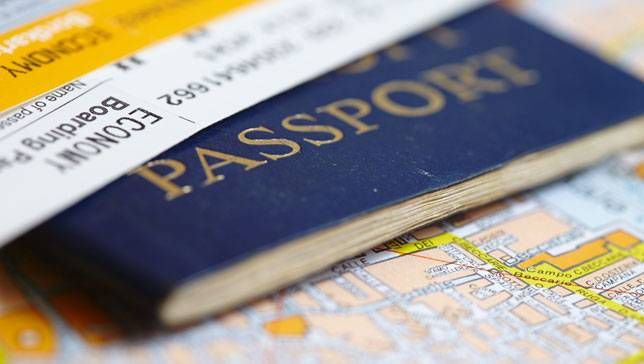





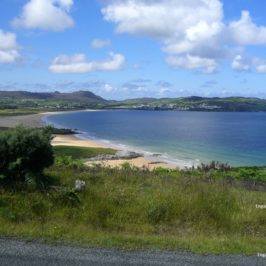
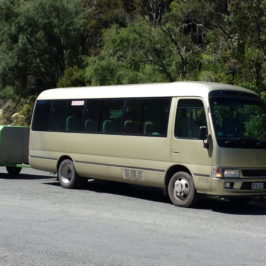


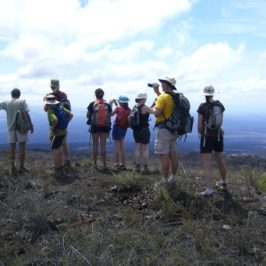

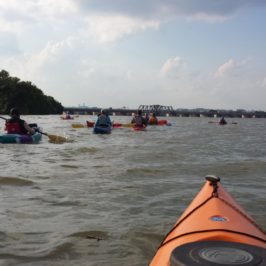
4 Responses
Susan Myers
I just read “11 Things to Know before Traveling Abroad.” This is a valuable addition to the website. I would add:
12. Take along a friend or daughters who can help you think things through when you feel uneasy in a foreign country. This friend or daughter will probably have the correct credit card if you don’t take the right one to England or Bahrain. Sometimes one person’s card will work in an ATM machine, and another person’s won’t.
How about adding advice on exchanging currency at the airport, etc.? Good idea, or very bad idea?
Engaging Adventure
Excellent tip! As for exchanging currency, I prefer to get it from the ATM at the airport rather than exchanging cash when I arrive. It’s more convenient. I’ve never compared whether the exchange kiosk fee or the ATM fee is bigger, but they’re probably about the same.
Michelle
This is great. So important to have the credit card that doesn’t charge transaction fees. Great tips for the first time traveler.
Engaging Adventure
Thanks, Michelle! 🙂